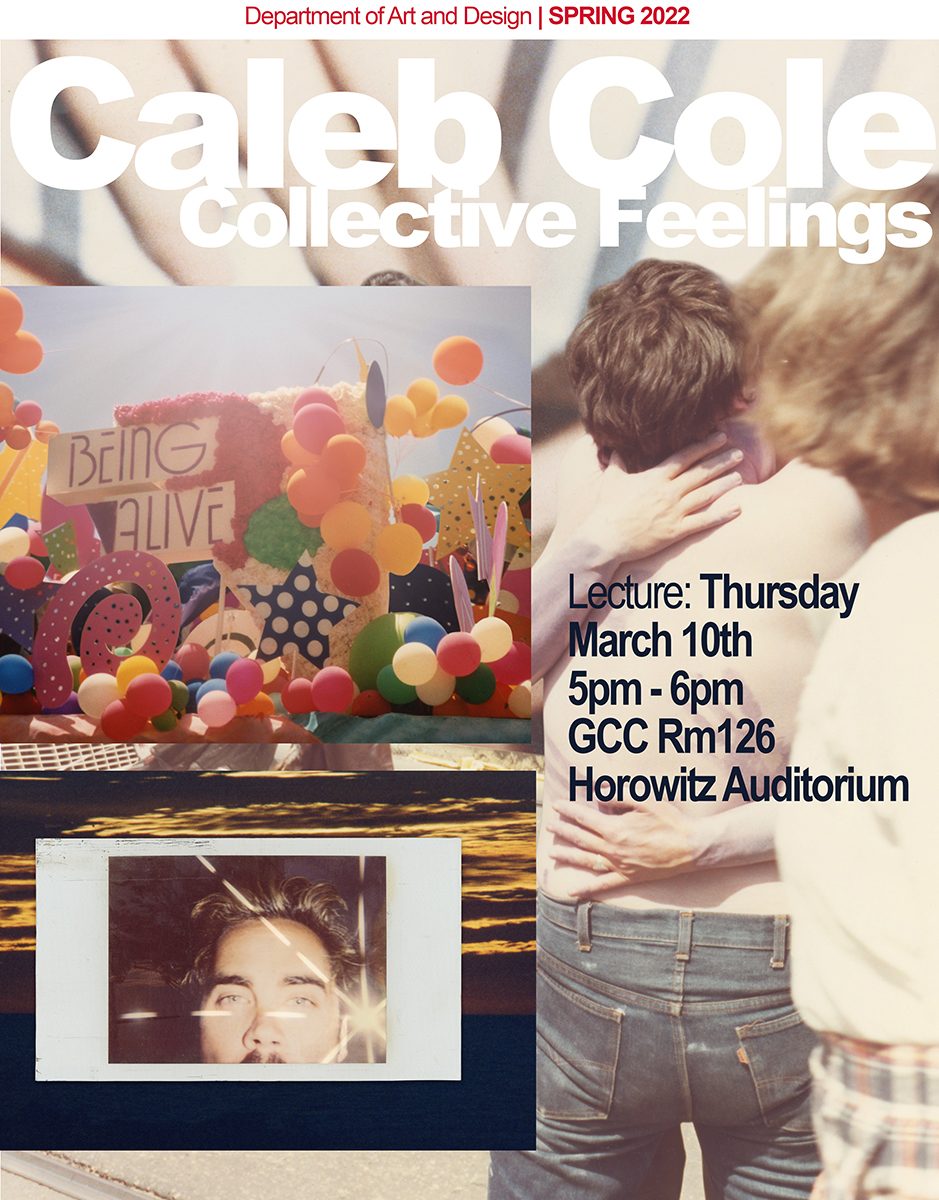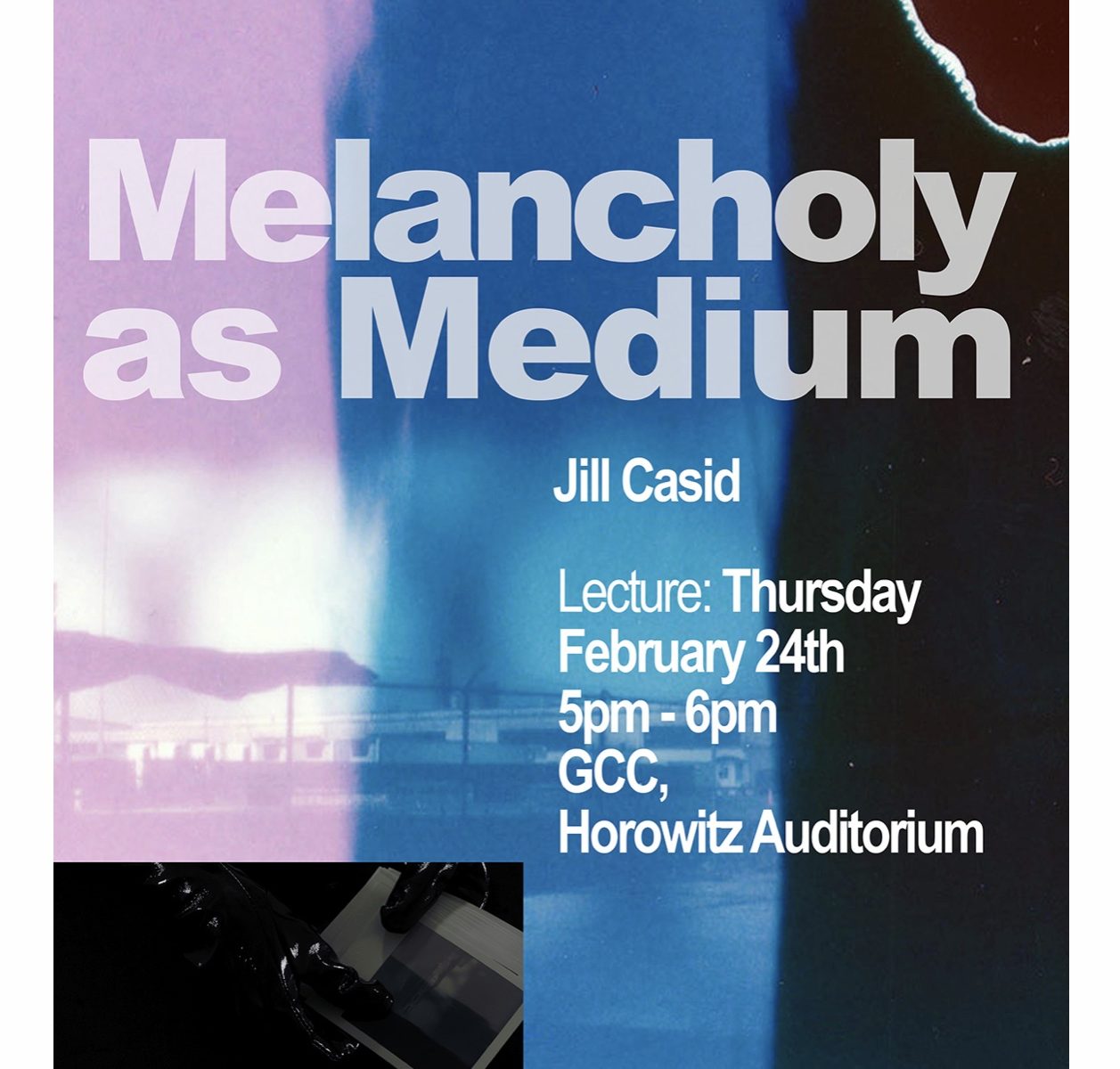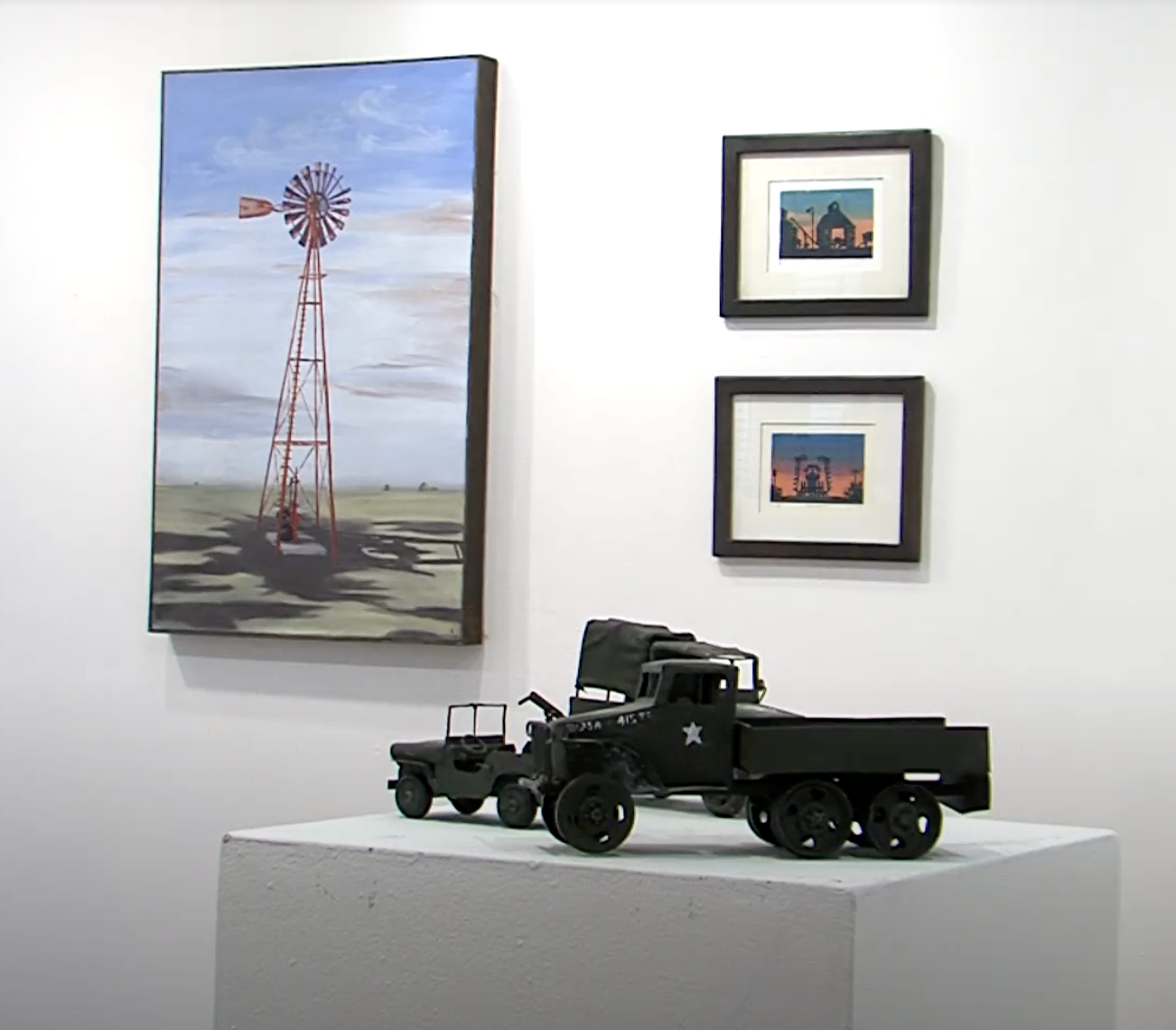THURSDAY MARCH 10, 2022 – 5:00-6:00pm
GCC, Horowitz Auditorium
Caleb Cole is a Midwest-born, Boston-based artist whose work addresses the opportunities and difficulties of queer belonging, as well as aims to be a link in the creation of that tradition, no matter how fragile or ephemeral or impossible its connections. They were an inaugural res-ident at Surf Point Residency and have received an Artadia Finalist Award, Hearst 8×10 Biennial Award, 3 Magenta Flash Forward Foundation Fellowships, and 2 Photolucida Critical Mass Finalist awards, among other distinctions. Caleb exhibits regularly at a variety of national venues and has held solo shows in Boston, New York, Chicago, and St. Louis, among others. Their work is in the permanent collections of the Museum of Fine Arts Boston, Newport Art Museum, the Davis Art Museum, Brown University Art Museum, and Leslie Lohman Museum of Art. Caleb teaches at Boston College and Clark University and is represented by Gallery Kayafas, Boston.



